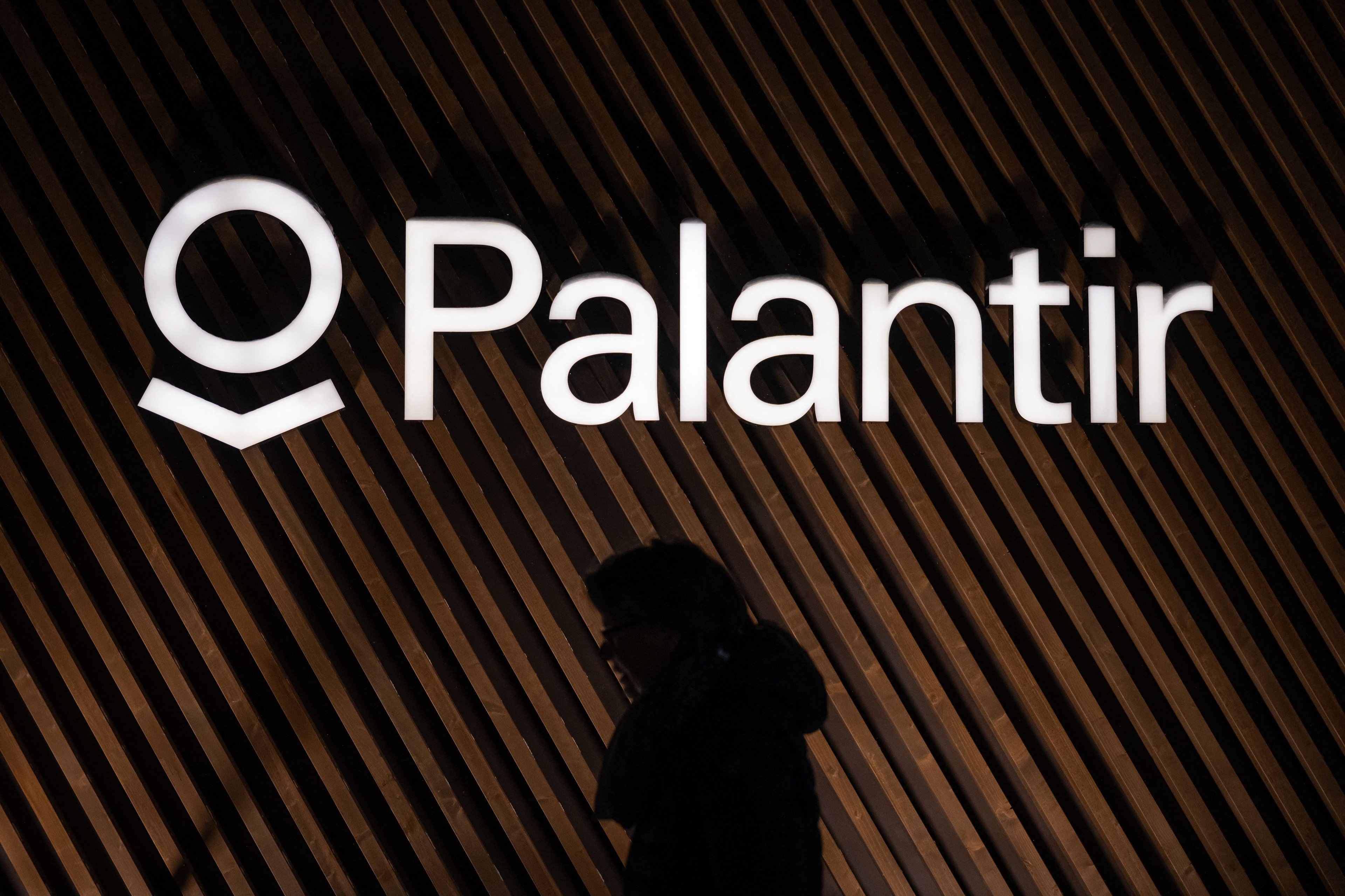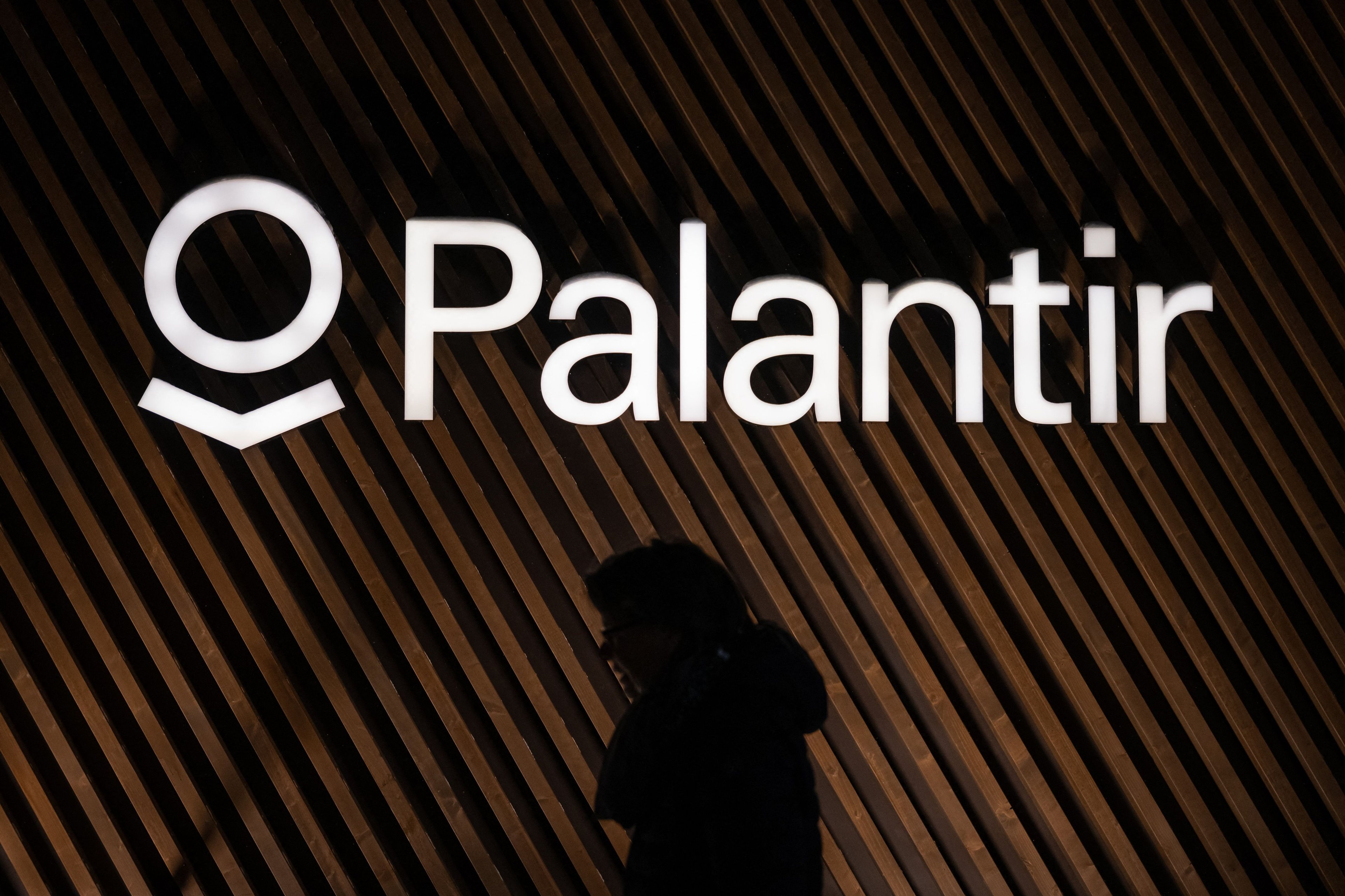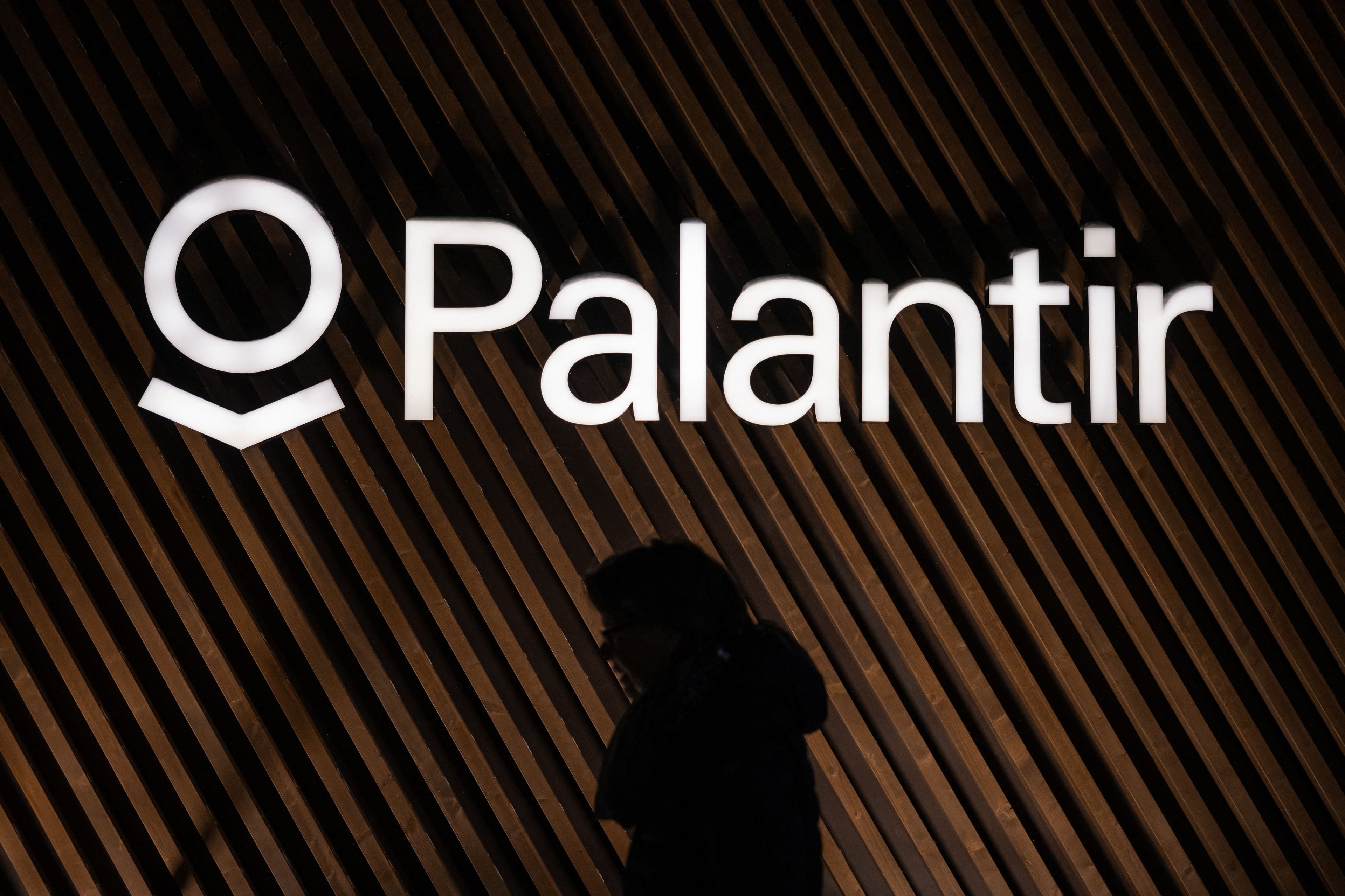One industry that is transforming in real time thanks to the rise of artificial intelligence (AI) is enterprise software.
While cloud computing hyperscalers such as Microsoft, Amazon, and Alphabet have benefited handsomely from new AI-powered services, two other software companies have emerged as fan favorites in the stock market -- largely thanks to their diversified exposure to various applications, offering investors a deeper playbook compared to more specialized businesses offered through big tech.
As of the closing bell on July 17, shares of Palantir Technologies (PLTR 2.15%) and BigBear.ai (BBAI 5.34%) have risen by 104% and 85%, respectively, so far this year. Despite such monster gains, I'd caution investors from following this momentum blindly.
To get a better sense of the investment case between Palantir and BigBear.ai, I'll compare the two businesses across a number of financial and operating metrics -- particularly the Rule of 40. Let's dig in!

NASDAQ: PLTR
Key Data Points
What is the rule of 40 in SaaS?
Outside of traditional financial figures such as revenue, gross profit, and net income, companies will often rely on industry-specific metrics to help investors better understand the health of the business. For software-as-a-service (SaaS) businesses, non-generally accepted accounting principles (non-GAAP) metrics, such as annual recurring revenue (ARR), or the Rule of 40 are often used to complement traditionally reported financials on the income or cash-flow statements.
The Rule of 40 is derived by taking a company's revenue growth rate and adding it to free-cash-flow margin. Generally speaking, SaaS companies strive to achieve combined scores above 40%.
While the Rule of 40 can be a useful tool in benchmarking SaaS companies, it does have some nuances.
First, some companies will choose other profit-adjacent metrics such as operating income margin or earnings before interest, taxes, depreciation, and amortization (EBITDA) margin instead of free cash flow. In addition, companies can also inflate non-GAAP figures such as EBITDA and free cash flow by using adjustments such as stock-based compensation in their calculations.
Although the Rule of 40 is not necessarily as bulletproof as traditional valuation benchmarks such as price-to-sales (P/S) or price-to-free cash flow (P/FCF), it can still be a useful tool when screening SaaS businesses against one another more broadly.

Image source: Getty Images.
Comparing Palantir and BigBear.ai across the Rule of 40
One thing that is nice about Palantir's reporting is that it provides investors with a view into non-GAAP measures, such as the Rule of 40. At the end of the first quarter, Palantir achieved a Rule of 40 score of 83%. This figure was calculated by taking the company's revenue growth rate of 39% and adding it to adjusted operating income margin of 44%.

Image source: Palantir investor relations.
In the table below, I've outlined the necessary financials from the first quarter to calculate BigBear.ai's Rule of 40 score.
| Financial Figure | $Amount |
|---|---|
| Revenue ($) | $34.8 million |
| Revenue growth rate (%) | 5% |
| Free cash flow ($) | ($8.3 million) |
| Free cash flow margin (%) | (24%) |
| Adjusted EBITDA ($) | ($7 million) |
| Adjusted EBITDA (%) | (20%) |
| Rule of 40 (free cash flow margin) | (19%) |
| Rule of 40 (adjusted EBITDA margin) | (15%) |
Data source: BigBear.ai investor relations.
What's the verdict?
As the analysis above illustrates, even with adjusted (inflated) EBITDA figures, BigBear.ai's Rule of 40 score remains well below 0%. Meanwhile, Palantir's Rule of 40 score has increased by more than twofold over the last two years.
To me, these trends highlight something deeper. I see Palantir's improving Rule of 40 score as a direct translation of the company's enormous success with its AI platforms, Foundry and Gotham. By contrast, BigBear.ai's foray into the AI realm has not been anywhere near as lucrative -- underscored by rather muted revenue growth and an unproven path to profitability, making its long-run worthiness as an investment questionable.
In my eyes, BigBear.ai's rising stock price can be attributed to more of a bullish macro narrative surrounding some of its end markets -- particularly in defense tech, which is just one area that Palantir is currently dominating. In other words, it's likely that some investors are hoping that Palantir's success means that BigBear.ai is destined to follow the same trajectory. Smart investors know that isn't always how things turn out in reality, though. Moreover, hope is not a prudent investment strategy.
Palantir is a faster-growing, more profitable enterprise than BigBear.ai by a longshot. In my eyes, Palantir is the superior choice between the two budding AI software businesses.





